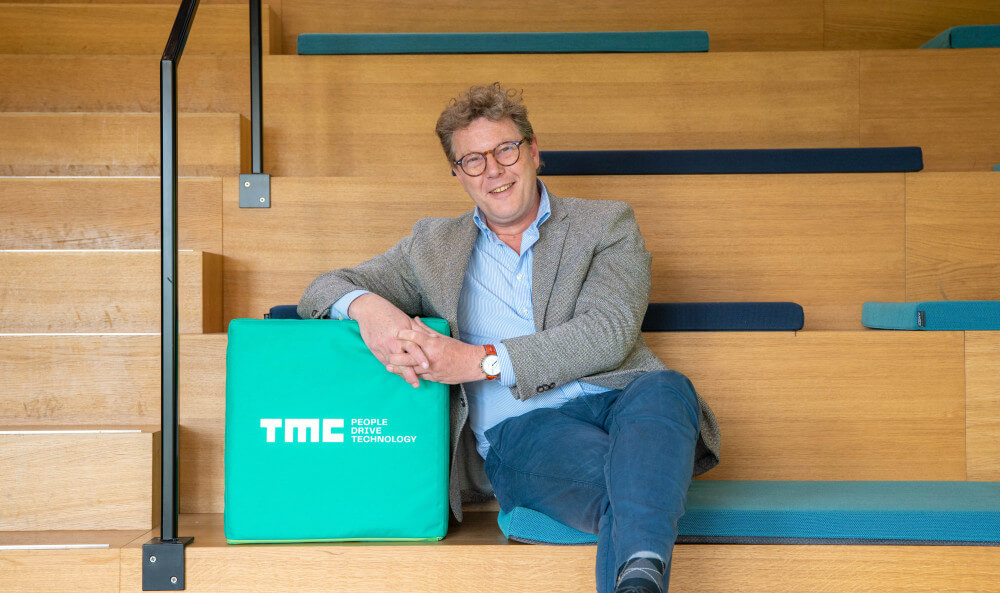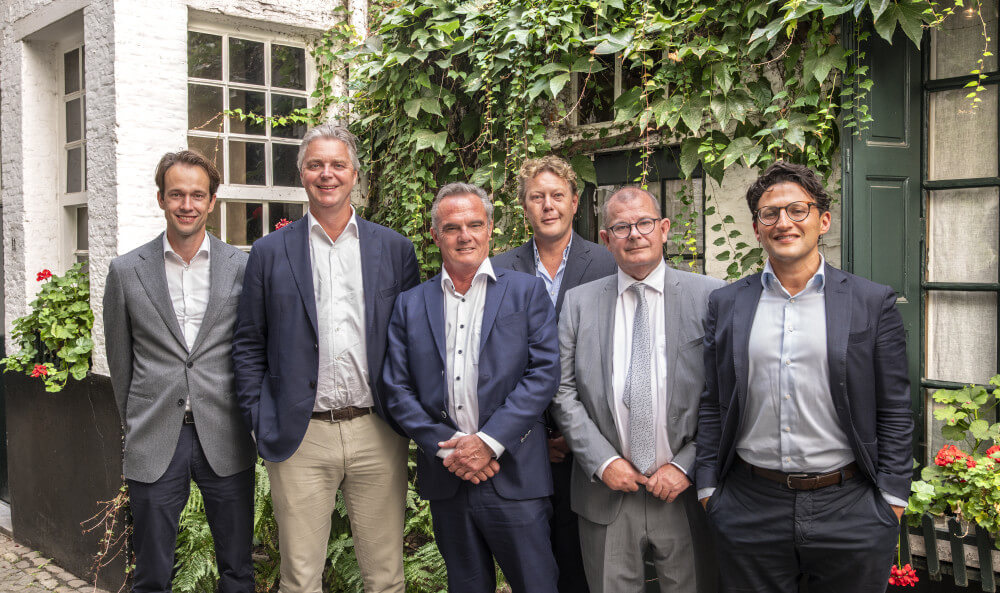![pressrelease_level21[1].png pressrelease_level21[1].png](https://www.themembercompany.com/cache/4462ce0d05b0dcb96e3bd48ef7106e67/pressrelease_level21[1].png)

The energy transition: pieces of the puzzle for a sustainable future
The energy transition is in full swing, but there’s still a lot of work to be done. We are increasingly executing impactful projects for our clients in this domain. TMC experts Joost Eleveld and Niek Elferink deal with this complex issue daily. How do they envision the future of the energy transition?
Temps de lecture: min.Most people agree that we need to move away from fossil fuels. This means we have to generate, distribute, and store energy in new ways—there’s no one-size-fits-all solution. Both Joost and Niek believe that exploring all possible options is crucial to successfully managing the energy transition.
Strengthening the Grid
Joost Eleveld is a project leader at engineering firm WSP, which designs projects for grid operators. Strengthening the electricity grid is a massive operation involving extensive manpower. “We’re using more and more electrical devices, and our current grid was designed in an era when electricity primarily flowed one way: from large power plants to the user. Now, with decentralized generation, such as solar panels, we need an entirely different infrastructure. Additionally, renewable energy sources don’t produce electricity consistently, resulting in peaks in production and demand. The electricity grid must handle these peaks to prevent outages.”
Besides strengthening the grid, smart solutions like balancing are crucial. This involves better aligning local supply and demand. Although it remains challenging to predict how much sun or wind there will be tomorrow, forecasting models are continuously improving.
Energy Storage
Niek Elferink is a project leader at Swietelsky Rail Benelux and specializes in battery systems. Large or medium-sized battery containers are increasingly common, he explains. “For example, medium-sized companies that want to increase capacity but can’t get it often install a battery next to their building. We also see this frequently at construction sites dealing with emissions regulations. A battery, for instance, replaces a generator.”
What makes battery storage particularly interesting is the intelligence that can be integrated. Modern battery systems are equipped with smart algorithms that continuously monitor the best times to charge or discharge. When electricity prices are low—such as during abundant solar and wind energy—the system stores energy. At peak times, when prices are high, that energy can be used or fed back into the grid. Connecting these systems to self-learning predictive models is also promising. Such systems effectively ‘learn’ a building’s or factory’s consumption patterns and anticipate them.
According to Niek, household batteries have potential. “You already see advertisements for home batteries, but currently, the technology is too expensive for most people.”
No Single Solution
It’s clear that we need to embrace a combination of methods for generating, distributing, and storing sustainable energy. Not all methods are suitable for every situation. Given the climate, wind turbines are a great energy source in the Netherlands, while hydropower is a serious option in countries like Norway. Battery storage works well for short periods, while hydrogen is suitable for longer-term storage and greater distances, says Niek. “We can’t avoid using the entire spectrum and assessing the best solution for each situation.”
Joost adds: “Different environments require different solutions. A historic city center has very different possibilities compared to an industrial area or a rural setting. The key phrase seems to be: local generation. In a way, we’re going back to how it was before gas and electricity—but with modern technology.”
An interesting development, according to both experts, is the emerging carbon economy. “We’ll continue to use carbon,” Joost explains, “but in the future, we’ll have to recover it differently. Companies are already researching how to capture, compress, and make CO2 suitable for reuse in industry or storage in the ground.”
In the Long Run
Both emphasize that many people are needed to realize the energy transition. “From a technical perspective, the solutions already exist,” says Niek. “It’s primarily a matter of execution, which requires a significant number of skilled workers.”
Niek also points out that it’s important to recognize that the energy transition costs money and isn’t necessarily fun. Until now, the focus has often been on making investments in sustainable energy technologies profitable. “Sustainable energy generation is expensive compared to fossil fuels, but you have to weigh it against the costs of not acting—like climate disasters and other consequences of climate change. Moreover, once we have a fully sustainable energy system, it might also become financially appealing: the sun and wind cost nothing.”
He underscores that the first gains can be made by reducing demand. “This applies to households but even more so to businesses. Politics must provide the right framework and convey the urgency of getting to work. In any case, we remain committed to doing our part.”

Contactez-nous pour des opportunités, des collaborations ou des questions. Nous sommes là pour créer des liens.


